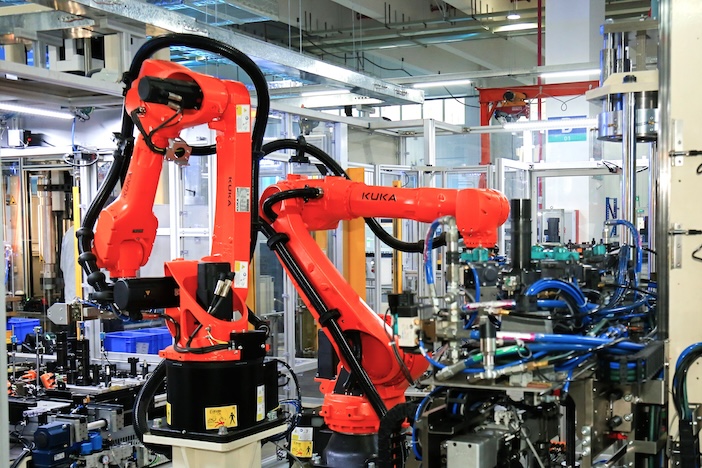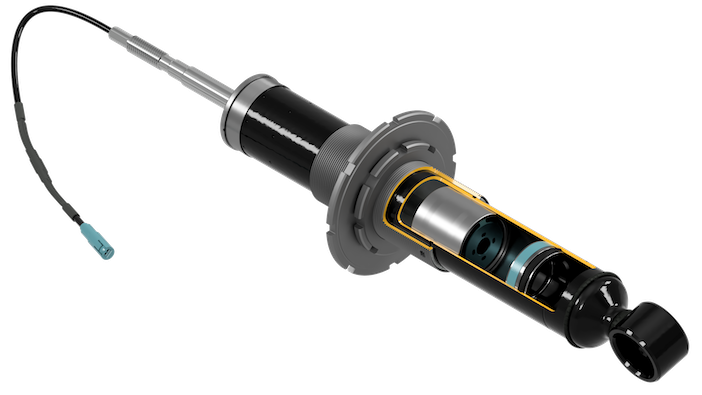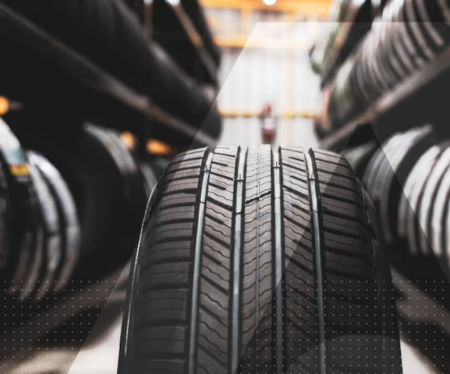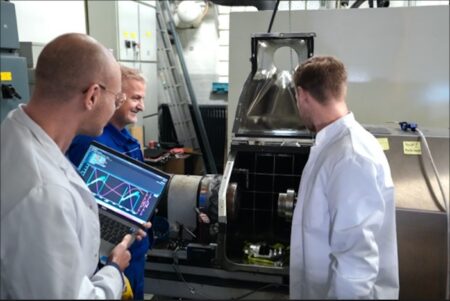BWI Group, a tier-1 supplier of advanced automotive suspension and braking systems, reports it has significantly expanded its production capacity for MagneRide, its fourth-generation magneto-rheological dampers. In response to growing interest in active suspension technologies, the company has increased production output by 600,000 units annually.
BWI Group will now have the capacity to equip around 2 million vehicles in the coming years with its MagneRide system – the highest volume to date – underscoring the accelerating shift toward intelligent, high-performance suspension solutions.
One of the key drivers behind the rising demand for active suspension is the increasing adoption of premium technologies across a broader range of vehicle segments. By scaling up production, BWI Group can leverage improved economies of scale, making active suspension systems more accessible and cost-effective to customers.
The company’s production facilities in Poland, Mexico and China employ full-process quality monitoring, logistics automation and full value-chain digitisation to minimise error and improve production reliability.
Recently, BWI Group secured a project to supply magneto-rheological dampers to a leading automaker, covering multiple models including sedans, SUVs, and high-performance vehicles, with an annual volume of approximately 400,000 vehicles within a life cycle.

Over the past two decades, Ferrari, Lamborghini, Ford and Cadillac have adopted the MagneRide suspension technology in many models. More than 10 million dampers have been installed since the technology was introduced in 2002.
MagneRide reads the road ahead and responds to the driver input 1,000 times per second, which BWI says provides better body motion control and steering than some valve-based technologies, as well as achieving a broader damping force range and responding more rapidly. The damping force is not limited by the suspension stroke velocity, and it can provide a high damping force at low stroke speeds.
MagneRide’s speed of damping response, combined with a wide range of damping force capability, allows high levels of vehicle tuning, particularly for high-frequency secondary motion situations. The MR fluid used in the damper delivers any level of damping within the wider dynamic range.
MagneRide 4.0 uses wheel accelerometers and an inertial measurement unit, as well as several other shared sensors as inputs into the damping control algorithm. This provides the opportunity to control suspension damping in a much higher way than is traditionally done for “special conditions” like braking or steering.





